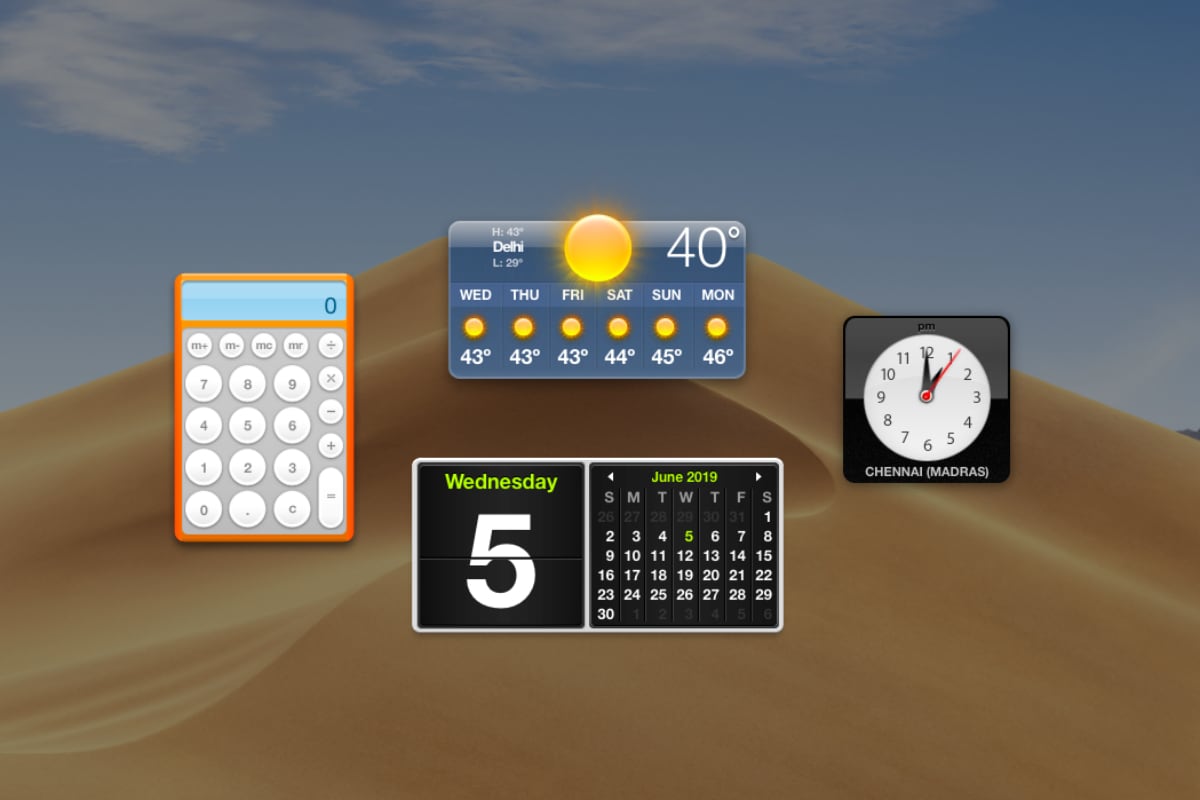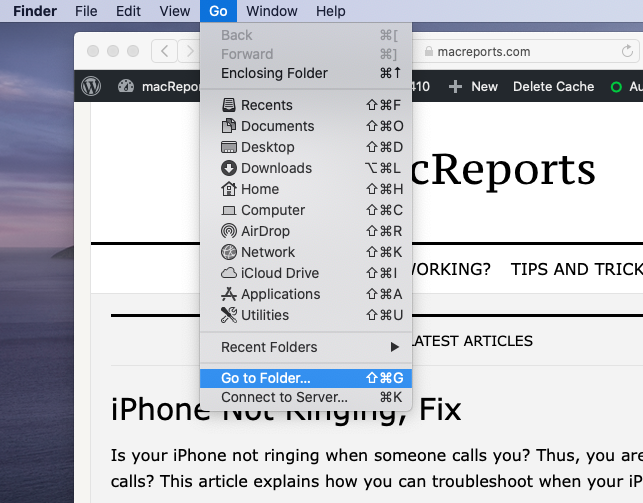A Missing Moon Mac OS
Mac users who seek to upgrade to High Sierra or Mojave from previous versions of Mac OS sometimes encounter the following error: “Computer is missing a firmware partition”. This error, if anything, indicates that the upgrade cannot be effected because of some internal problem with your Mac, and in this article, we offer workable solutions on how to go about solving it.
Steps to Recover Disappeared Files from Mac Download and install the Remo Mac Data Recovery software on your computer and follow the below mentioned steps. Launch the application and from the main window, select the Recover Files option Next, select the Recover Lost Files option. For a start, you can reboot the Mac. If the desktops icons still aren't showing, try booting the Mac into Safe Mode. And if the affected Mac has multiple users, check if you're logged into the.
What is the cause of the “Computer missing a firmware partition” error?
Just like many PC problems, this particular error could result from any number of things. Your computer could be low on storage space, for instance, or a malware infection might have interfered with system settings, or perhaps a piece of the Mac’s hardware is damaged or not properly configured. To troubleshoot as many problems as possible, it is recommended to first try a Mac repair tool such as before pursuing any other solution. Outbyte MacRepair will scan your entire system to find and fix any performance-limiting issues that may exist. If the “Computer is missing a firmware partition” error persists even after cleaning your computer with a Mac repair tool, the following other solutions will be of great help to you on the matter.
Check Compatibility
To upgrade to Mac OS High Sierra or to Mojave from previous versions of OS, such as OS X Mountain Lion, your PC must meet several minimum requirements. Apple, for instance, recommends at least 2GB of memory and 14.3 GB of available storage space. However, to be on the safe side, make sure that your computer exceeds these minimum requirements by at least 20%. The following is a list of devices that are compatible with Mac OS High Sierra and Mojave:
- MacBook released 2009 or later.
- MacBook Air released late 2010 or later.
- MacBook Pro released mid-2010 or later.
- Mac mini released mid-2010 or later.
- IMac released late 2009 or later.
- Mac Pro released mid-2010 or later.
If your device is not on the list above, then trying to install the latest versions of iOS on your device will result in failure no matter what you do. You can check whether your device meets these minimum requirements by choosing About this Mac from the Apple Menu.
Pro Tip: Scan your Mac for performance issues, junk files, harmful apps, and security threats
that can cause system issues or slow performance.
Special offer. About Outbyte, uninstall instructions, EULA, Privacy Policy.
Update Your Drivers
Drivers are what allows hardware devices to communicate with the operating system. When drivers are out of date or misconfigured, they can cause all sorts of problems on a computer. To make sure drivers are not responsible for the “Computer is missing a firmware partition” error, you will have to update them. To update drivers on the Mac, take the following steps:
- Click on the Apple icon and select App Store.
- Click UPDATE for the specific update that you want or choose UPDATE ALL to make all updates at the same time.
Download New Mac Os

NB: It is important that you always keep your system up to date for security and performance reasons.
Bypass Method
The following technique that involves using the Carbon Copy Cloner and VMware Fusion software seems to work in eliminating the error under discussion. Carbon Copy Cloner is a special kind of backup app that can copy the entire operating system and files onto a bootable device, while VMware Fusion is a software hypervisor that allows Intel-based Macs to run other operating systems like Windows and Linux virtually. These software tools can be combined to overcome the “Computer is missing a firmware partition” error. The following is how it is done:
- Install VMware Fusion on your Mac.
- Download Mojave or High Sierra from App Store. Don’t open the app, close it.
- Create a new VMware machine using the OS you have just downloaded.
- Select the installation file and wait for it to be fully installed on your virtual machine.
- Download a copy of Carbon Copy Cloner on the virtual machine.
- Select to copy your virtual machine to a USB drive or an external SSD.
- After it’s done cloning, you will be prompted to create a recovery partition on the USB; accept and wait for it to finish.
- After it’s done, shut down the virtual machine and boot from your USB or external SSD.
- To now install on your internal drive, open Carbon Copy Cloner and select USB as the source and your device as the destination.
- You will be prompted to create a recovery partition; accept and close.
New Mac Os 11
This process will install Mojave or High Sierra OS on your device and bypass the errors that you are experiencing.
Check Your Disks for Damage
It could be that you are experiencing the “Computer is missing a firmware partition” error because of a hardware problem. And if this is the case, you can always troubleshoot hardware issues with the help of Apple Diagnostics.
How to Conduct Apple Hardware Test
- Disconnect all external devices except the mouse, keyboard, and Ethernet connection- where applicable- and power connection.
- Put your Mac on a hard, flat, stable and well-ventilated work surface.
- Shut the Mac down.
- Turn your Mac on and immediately press and hold the D key on the keyboard. Keep holding the D key until the Apple Hardware Test icon appears.
- Select your language preference and then click the right arrow. If you are only using a keyboard, you can use the up and down keys to select the language.
- To begin the test, click the Test button, T on the keyboard or the Return key. If you want to perform a more thorough test, select “Perform extended testing” from the list of options. This will, however, take more time to complete.
- After the test is complete, review the test results that will appear in the lower-right section of the window.
- To quit the Apple Hardware Test, restart your computer or shut it down.
If the results of the test indicate that something is wrong with your hardware, you can choose to replace it, and this will probably do away with the errors that you might be experiencing. If the “Computer is missing a firmware partition” error persists even after all these solutions, you should probably visit a Mac clinic.
See more information about Outbyte and uninstall instructions. Please review EULA and Privacy Policy.
Install fonts
Double-click the font in the Finder, then click Install Font in the font preview window that opens. After your Mac validates the font and opens the Font Book app, the font is installed and available for use.

You can use Font Book preferences to set the default install location, which determines whether the fonts you add are available to other user accounts on your Mac.
Fonts that appear dimmed in Font Book are either disabled ('Off'), or are additional fonts available for download from Apple. To download the font, select it and choose Edit > Download.
Disable fonts
You can disable any font that isn't required by your Mac. Select the font in Font Book, then choose Edit > Disable. The font remains installed, but no longer appears in the font menus of your apps. Fonts that are disabled show ”Off” next to the font name in Font Book.
Remove fonts
A Missing Moon Mac Os Catalina
You can remove any font that isn't required by your Mac. Select the font in Font Book, then choose File > Remove. Font Book moves the font to the Trash.
Learn more
A Missing Moon Mac Os 11
macOS supports TrueType (.ttf), Variable TrueType (.ttf), TrueType Collection (.ttc), OpenType (.otf), and OpenType Collection (.ttc) fonts. macOS Mojave adds support for OpenType-SVG fonts.
Legacy suitcase TrueType fonts and PostScript Type 1 LWFN fonts might work but aren't recommended.